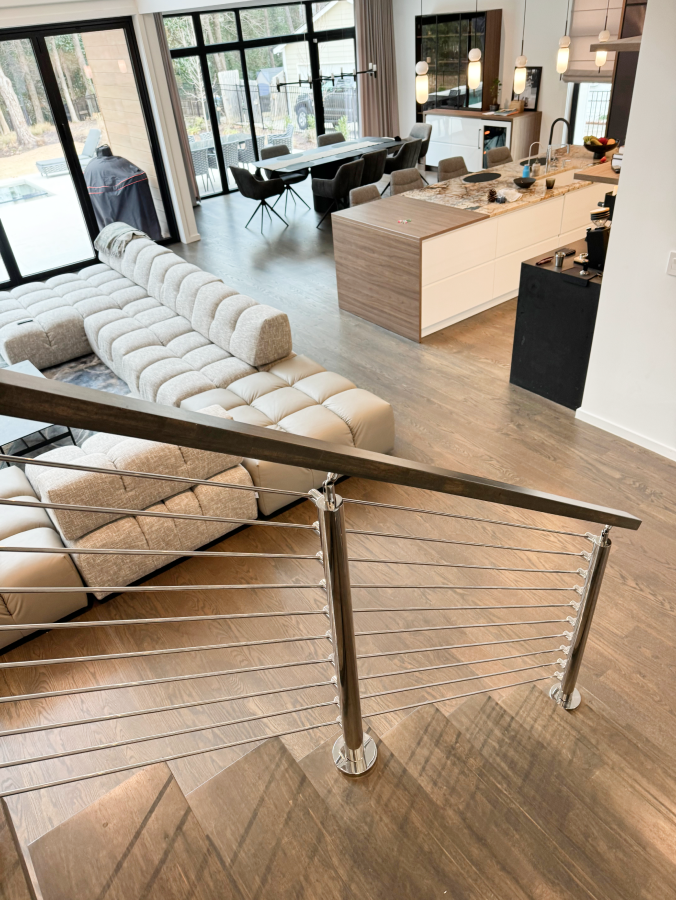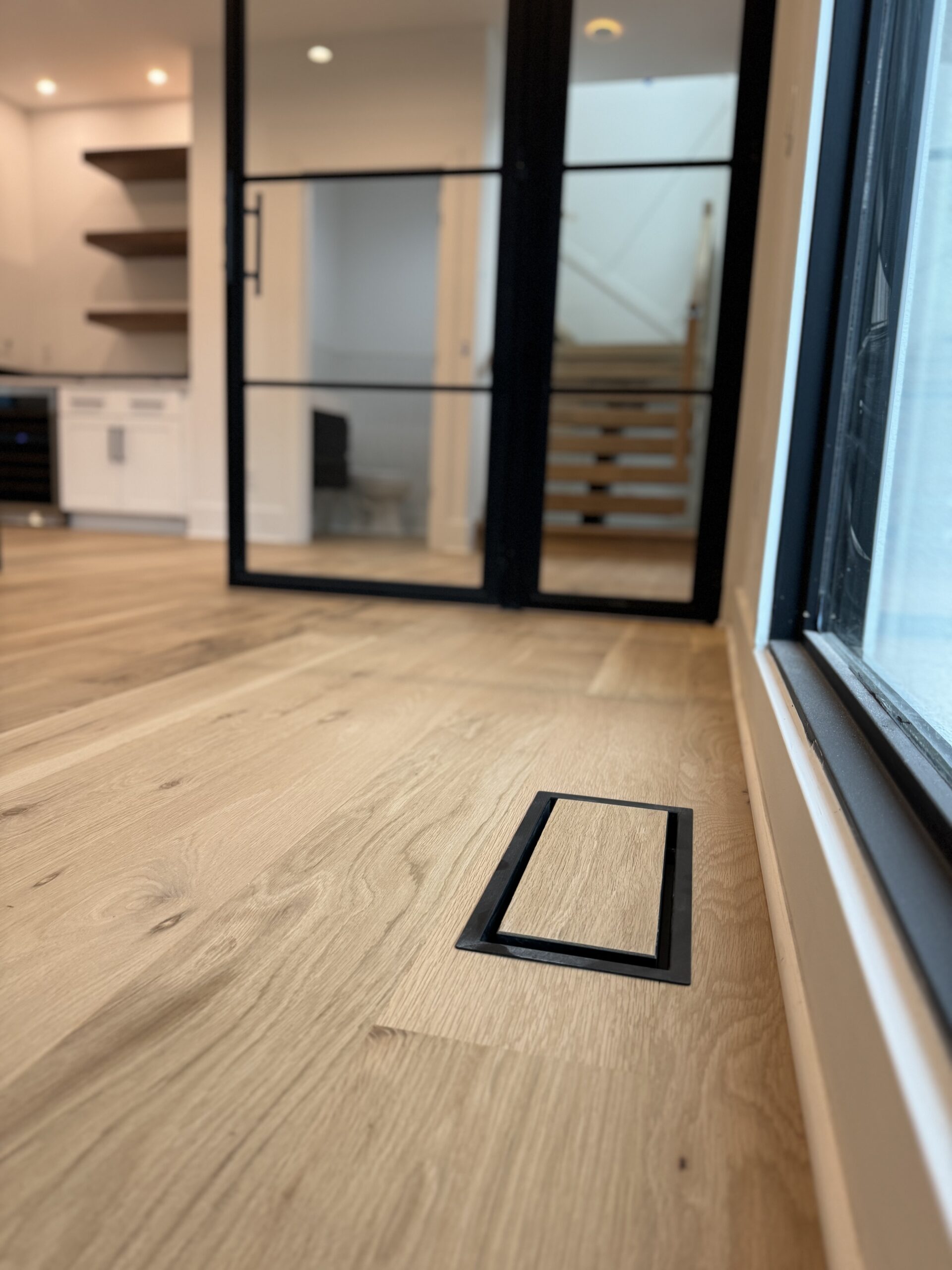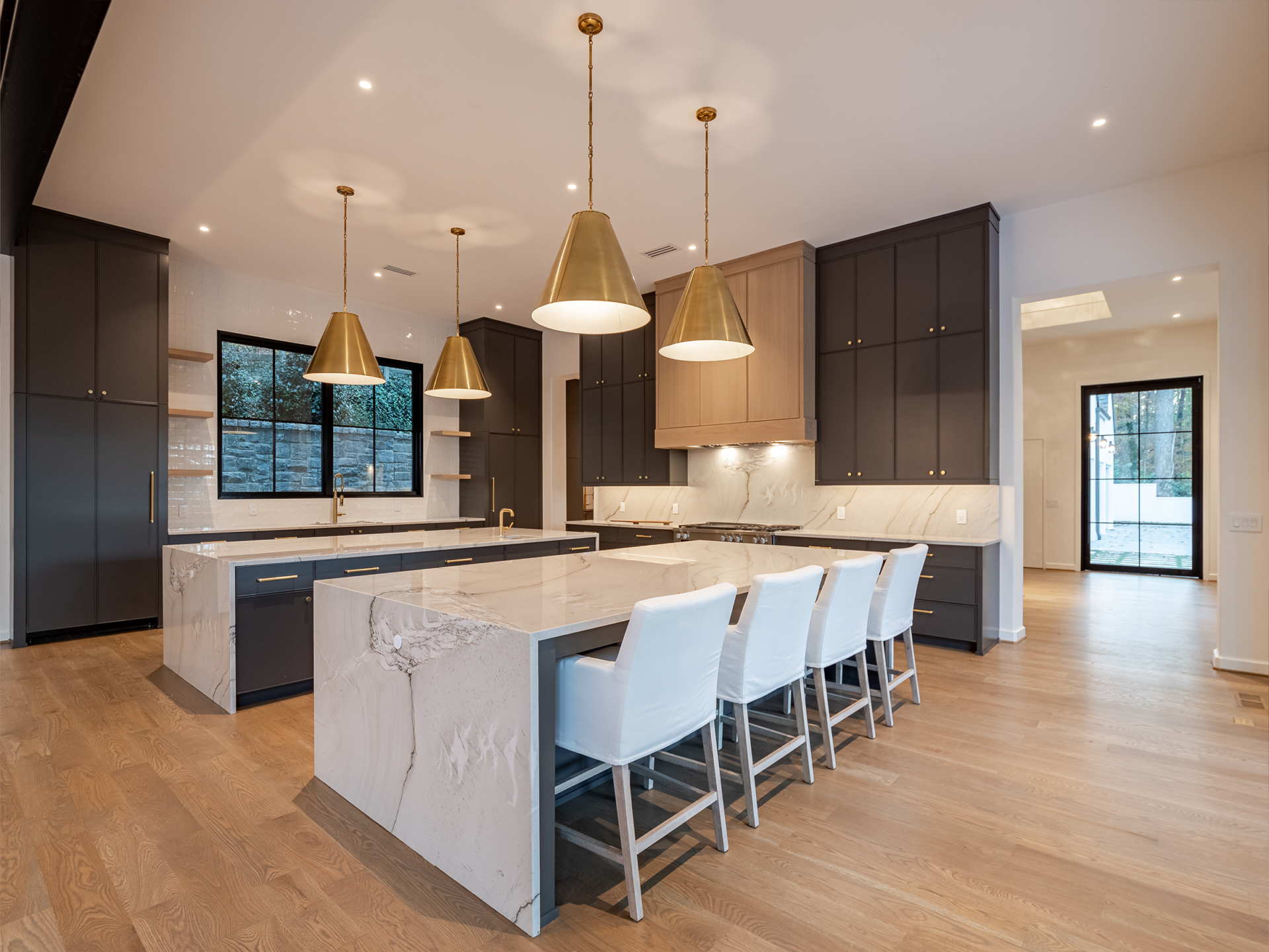
Premier Flooring Company
Serving Atlanta,GA
Our Commitment to Quality
From the Moment we connect, you will notice the difference. Our mission is to renovate your flooring with thoughtful consideration of every detail. Quality and communication is at the heart of everything we create.
Serving Customers in
Atlanta GA area
Our Services
Click on each service to read more
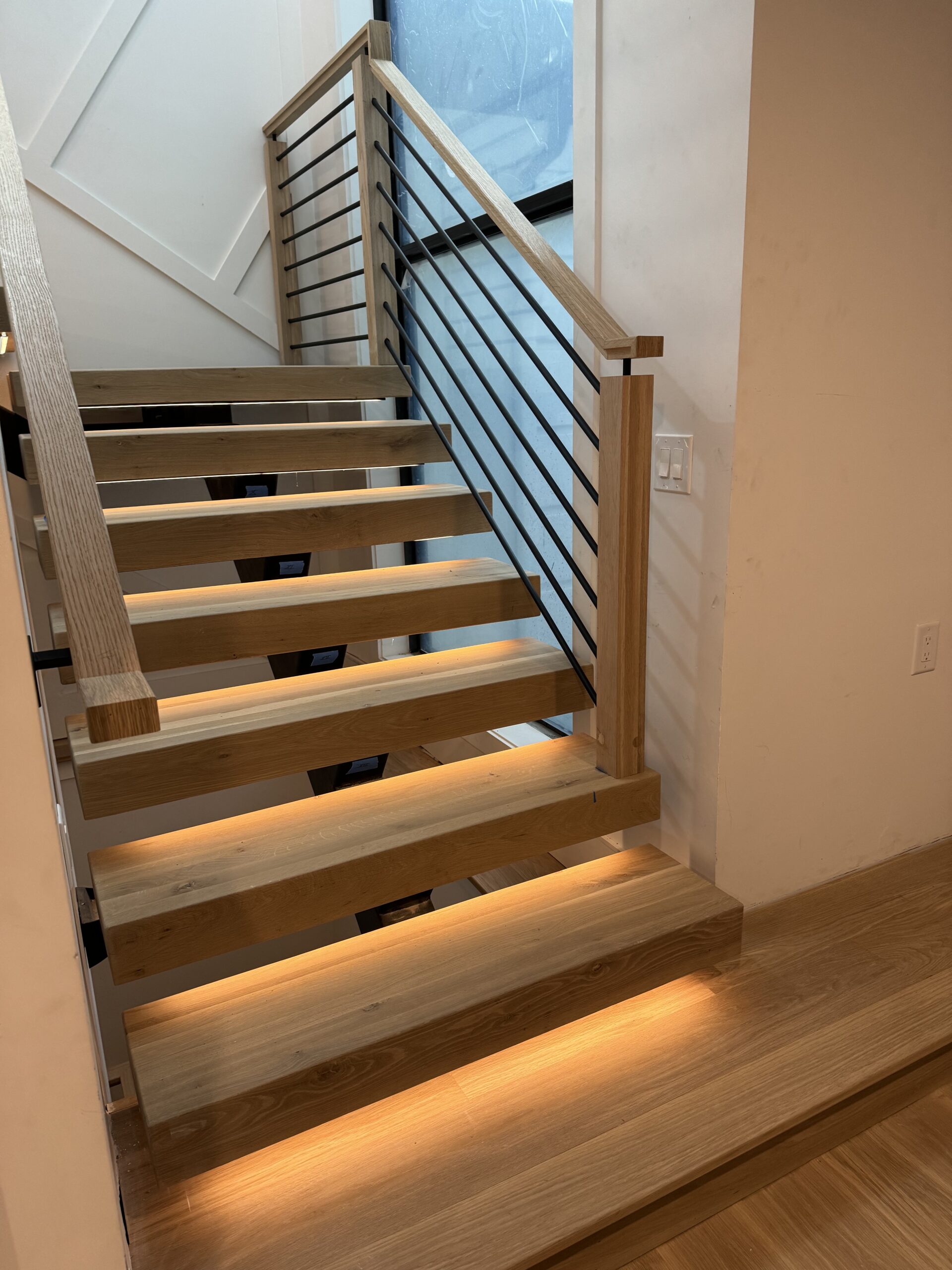
Your Flooring Partner in Atlanta, GA
Your Premier Hardwood Flooring Company in Atlanta.
Our Process
Schedule a Call
We appreciate your time and therefore, we’ll ask a few questions to break down general scope and estimated cost of that type of hardwood flooring project. If we are a match, we’ll schedule an in-home consultation for your new hardwood flooring in Atlanta.
Scheduling
Once you accept the proposal, we will ask for a 50% deposit to cover the initial costs of your hardwood flooring and go ahead and schedule your project.
In House Consultation
We’ll meet you at your home and have an in-depth conversation about your project, different hardwood flooring options and overall logistics of the project. Within 24 hrs we’ll send a proposal for the work.
Show Time!
Now is the time to get to work! We’ll have ordered all the supplies and materials needed for your project and have our team ready to make your hardwood flooring come to life.
Final Walk Through
After all work is completed to our satisfaction, we’ll walk you through the project, answer any questions and give you cleaning & maintenance recommendations. When you are satisfied with the project, we collect the final payment.
About TriArt Hardwood Floors in Atlanta
TriArt Hardwood Flooring stands as one of the best hardwood flooring company Atlanta. Our floors lay the cornerstone for beautiful homes while harmonizing with architectural and design elements.
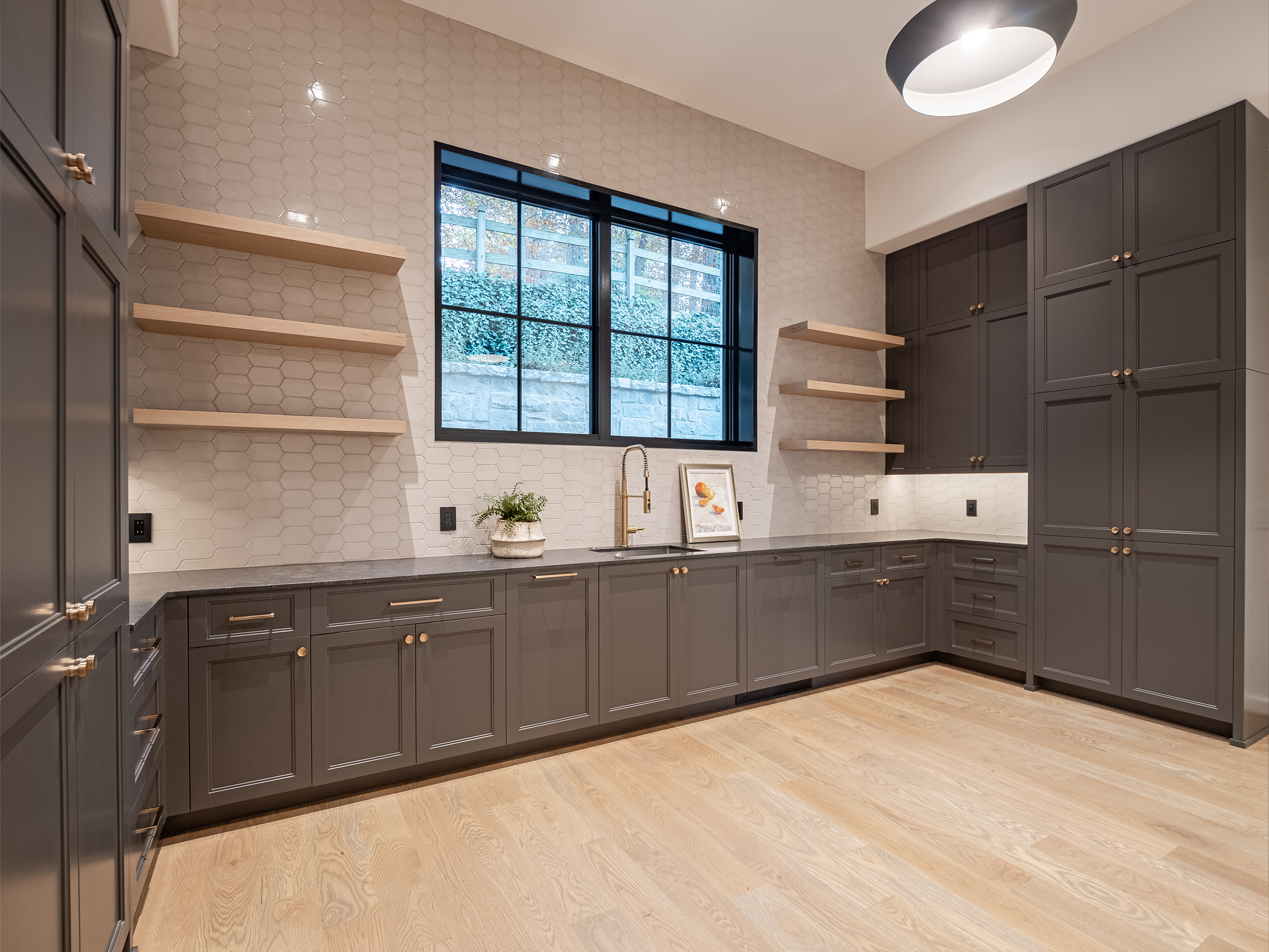
Ready To Get Started?
Hardwood Floors in Atlanta
Areas we Service
Trade Partners






